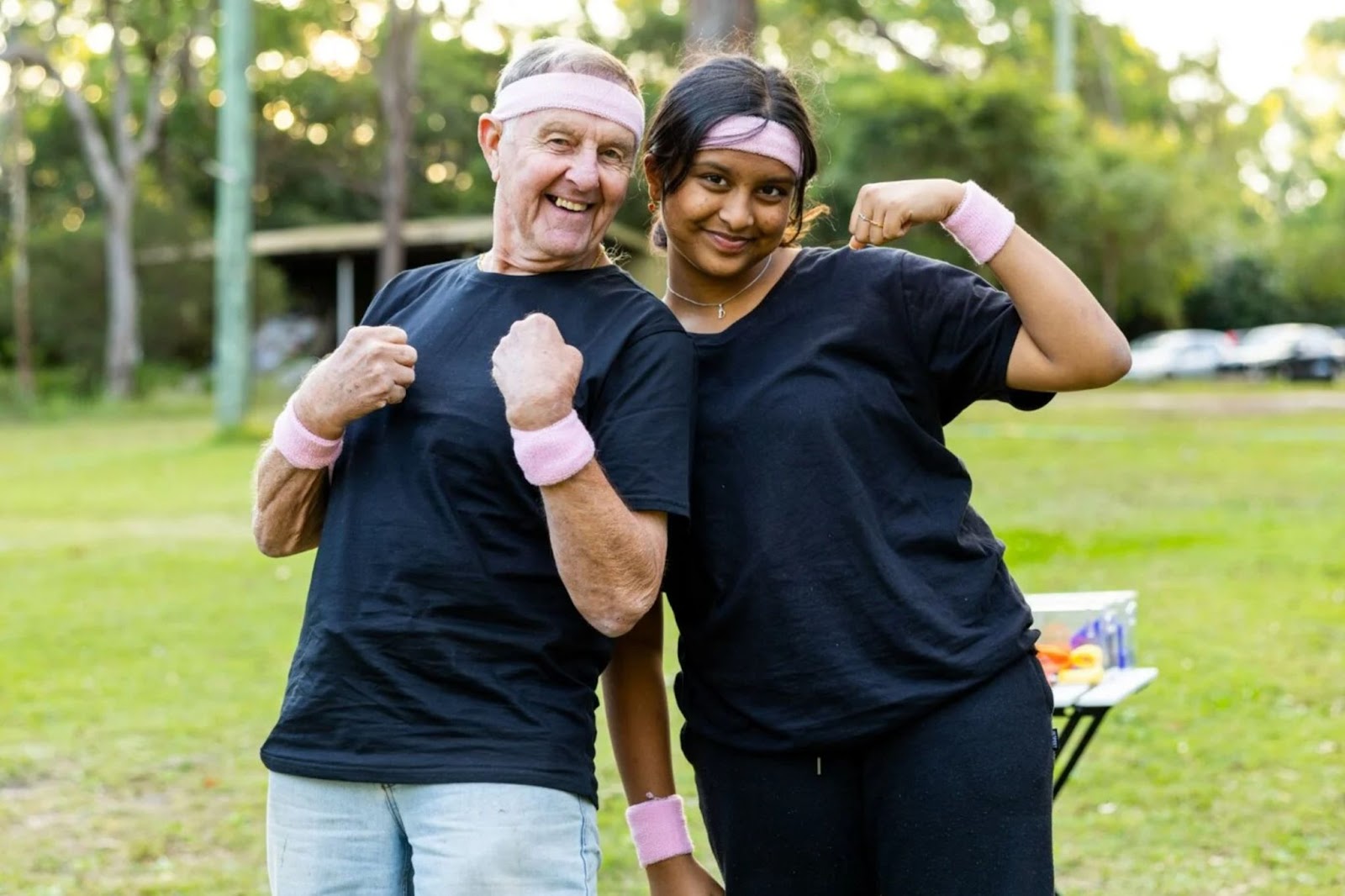
The annual Aged & Community Care Providers Association (ACCPA) National Conference for 2023 kicked off on Wednesday in Adelaide where all topics about aged care and ageing are on the table – including the importance of intergenerational learning (IGL) and well-being programs.
Founder and Chief Executive Officer (CEO) of Intergenerational Learning Australia, Greg Cronan, and Divisional Therapist and National Lifestyle and Well-being Advisor at Bupa Aged Care, Wendy Lawrence, hosted an information session about these programs on Wednesday; touching on the success of the ABC TV shows Old People’s Home for 4 Year Olds and Old People’s Home For Teenagers.
Intergenerational Learning Australia provides a reciprocal, bi-directional learning and well-being program for students and older people, a model used by the television network to form the basis of the series.
Dr Stephanie Ward was the geriatrician who worked on the series and said “Intergenerational programs are a vaccine against ageism and a prescription of longevity.”
At Wednesday’s talk, some background was given to how the show’s programs ran during COVID-19, which saw groups of aged care clients and teenage school students interact virtually via webcams and big television screens.
“This means older people with limited mobility who are at home alone can join in via their iPad, laptop or other device,” said Mr Cronan.
But the focus of the talk with Mr Cronan and Ms Lawrence was to show how an intergenerational program should be rolled out to ensure clients and children equally benefit from interacting with each other.
So how do you do it?
There are different types of IGLs that can be considered when you’re looking at diversifying your lifestyle program.
These include:
“This is a fantastic antidote to bring those groups together.”
We know the multitude of benefits of IGLs – mainly, the reduction in feelings of loneliness and isolation among both cohorts involved. During their talk, Ms Lawrence and Mr Cronan asked the golden question: if IGLs are so good, why aren’t there more of them?
Well, there are some common barriers providers and lifestyle managers face when curating an IGL program that works for them. Some of these barriers include a lack of time, a lack of funding, and a lack of knowledge about the benefits or risk management concerns. But Ms Lawrence said, “With a bit of preparation, planning and collaboration, most of these barriers can be completely overcome.”
Find out more about what Intergenerational Learning Australia do here!
He, she or they who are in charge of conducting and driving an IGL program have the job of keeping everyone engaged and on track.
Some key elements pointed out by the guest speakers outlined some characteristics such as an enthusiastic approach, but others include:
When planning a successful IGL, you should have the logistics of the interactions in mind from the start.
Consider:
The importance of briefing fellow lifestyle staff about the program, its objectives and plans was highlighted by the guest speakers, who equally placed value on debriefing with everyone afterwards.
Curating a meaningful IGL that works
Outside of planning an open, considerate and flexible program in advance, selecting a range of fun activities that appeal to both age groups is important when curating your program. For example, making food together, reminiscing, a long-term project like a mural, board games or gardening.
Some other recommendations were made by Ms Lawrence and Mr Cronan to create a successful IGL program, including:
Mr Cronan suggests setting a topic each week to give participants something different to work with and think about each time.
Have you implemented a successful IGL? We’d love to hear from you!